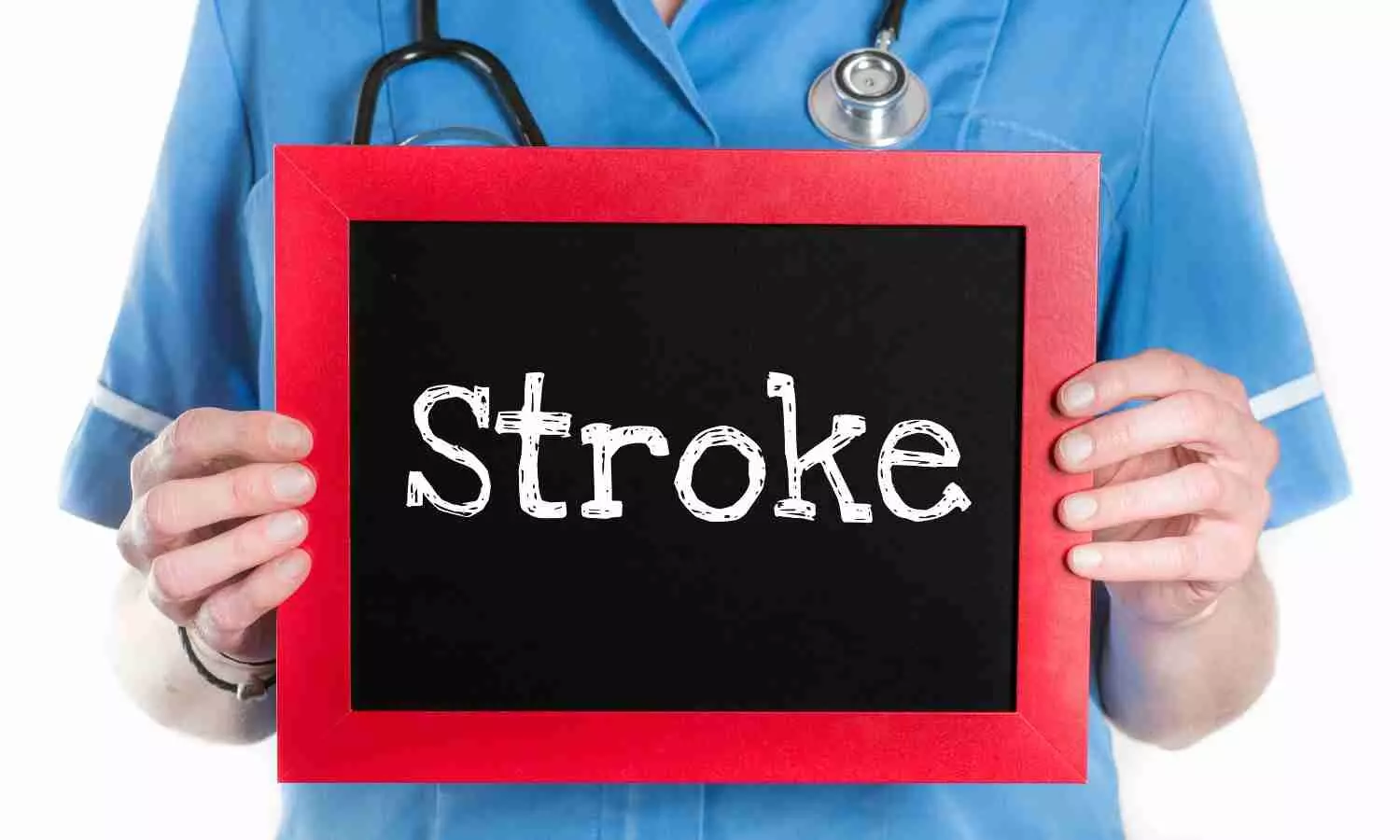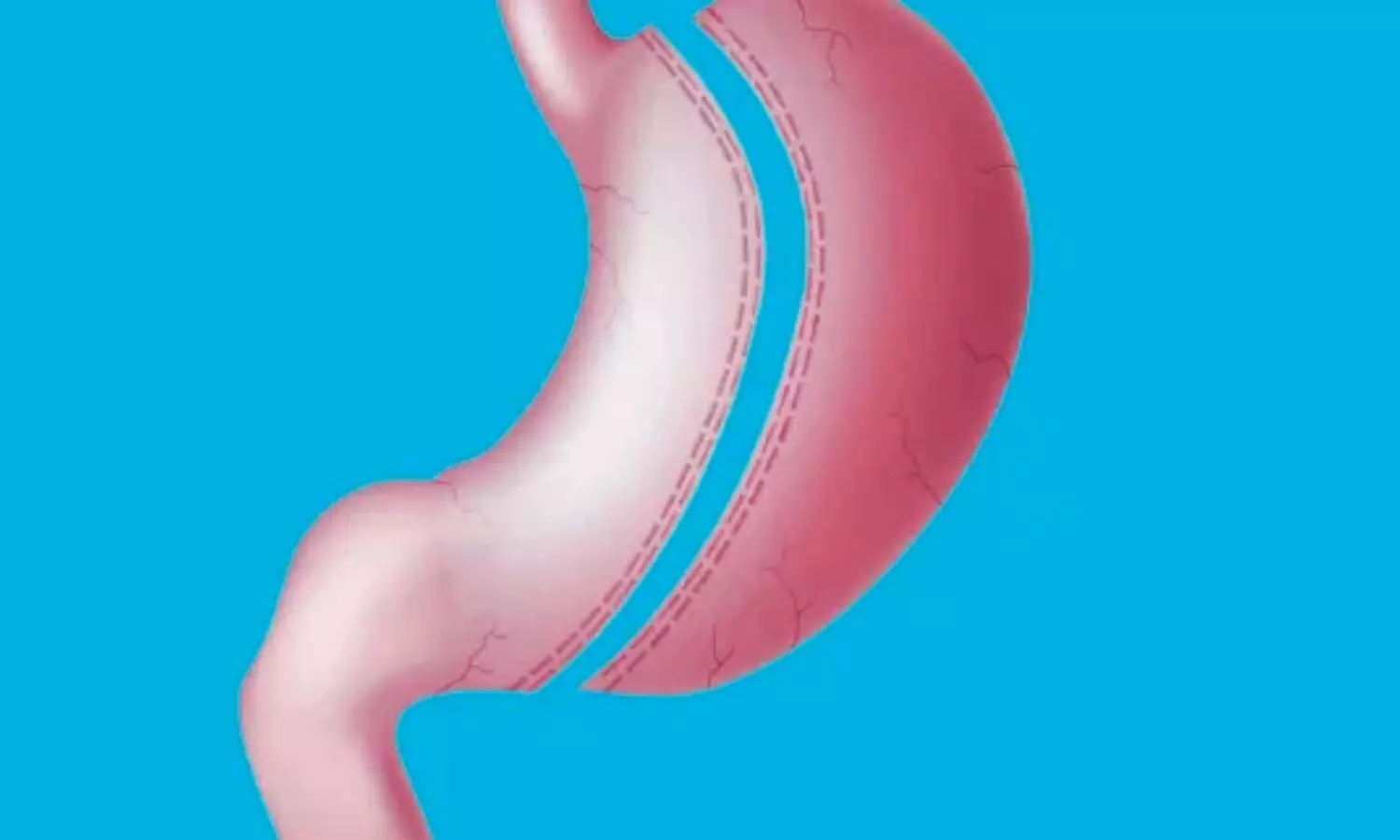High HDL-C Levels Linked to Increased Risk of Osteosarcopenia in Older Adults: Study Finds

China: New research in adults aged 50 and older found that those with osteosarcopenia had higher serum high-density lipoprotein cholesterol (HDL-c) levels (1.65 ± 0.30 mmol/L) compared to individuals without the condition (1.49 ± 0.34 mmol/L).
“Additionally, individuals in higher HDL-c quartiles exhibited a significantly greater incidence of osteosarcopenia, with odds ratios ranging from 2.72 to 3.66. This trend was consistent in both men and women,” the researchers reported in BMC Musculoskeletal Disorders.
Osteoporosis and sarcopenia, common age-related conditions, significantly impact the health and quality of life in older adults. Osteosarcopenia, the coexistence of both, increases the risk of falls, fractures, and disability. Dyslipidemia, often seen in older adults, has been linked to both osteoporosis and sarcopenia, with conflicting results regarding HDL-c levels and bone mass. While some studies suggest that HDL-c is positively associated with bone density, others report conflicting findings. Additionally, recent research indicates that high HDL-c may not always protect against cardiovascular disease. However, studies exploring the relationship between HDL-c and osteosarcopenia remain scarce.
To fill this knowledge gap, Xiao Chen, Nanjing University of Chinese Medicine, Nanjing, China, and colleagues examined the relationship between serum high-density lipoprotein cholesterol (HDL-c) levels and osteosarcopenia.
For this purpose, the researchers included 1,995 participants aged 50 and older who underwent chest CT physical examinations between 2016 and 2019. Data collected from medical records included demographic details such as age, sex, body mass index, and laboratory results on liver and kidney function, blood lipids (HDL-c, LDL-c, triglycerides, total cholesterol), blood glucose, and serum albumin.
Osteosarcopenia was defined by low bone mass (bone CT values < 110 HU) and low muscle mass of the bilateral erector spinae (< 25.0 cm² in men and < 20.0 cm² in women). The relationships between HDL-c levels and osteosarcopenia were analyzed using multivariable logistic regression and restricted cubic spline analysis.
The study revealed the following findings:
- 7.7% of patients were diagnosed with osteosarcopenia.
- Patients with osteosarcopenia had significantly higher HDL-c levels than those without the condition (1.65 ± 0.30 versus 1.49 ± 0.34 mmol/L).
- Multivariate logistic regression showed that HDL-c was associated with osteosarcopenia (OR = 2.72).
- The third and fourth HDL-c quartiles were significantly associated with a higher incidence of osteosarcopenia than the first (OR = 3.36; OR = 3.66).
- A similar trend was observed in males.
- In females, the fourth HDL-c quartile was significantly associated with a higher incidence of osteosarcopenia compared to the first quartile (OR = 2.73).
- Restricted cubic spline analysis showed similar relationships between HDL-c levels and osteosarcopenia.
“Our study found that individuals with osteosarcopenia had elevated levels of HDL-c and that HDL-c was positively associated with reduced muscle mass and osteosarcopenia, even after adjusting for factors like age, diabetes, BMI, and other potential confounders. Further research is required to determine a causal link and explore the underlying mechanisms through which HDL-c influences osteosarcopenia,” the researchers wrote.
Reference:
Wang, R., Wang, Y., Wei, Z. et al. The association between HDL-c levels and computed tomography-based osteosarcopenia in older adults. BMC Musculoskelet Disord 25, 932 (2024). https://doi.org/10.1186/s12891-024-08059-9
Powered by WPeMatico







